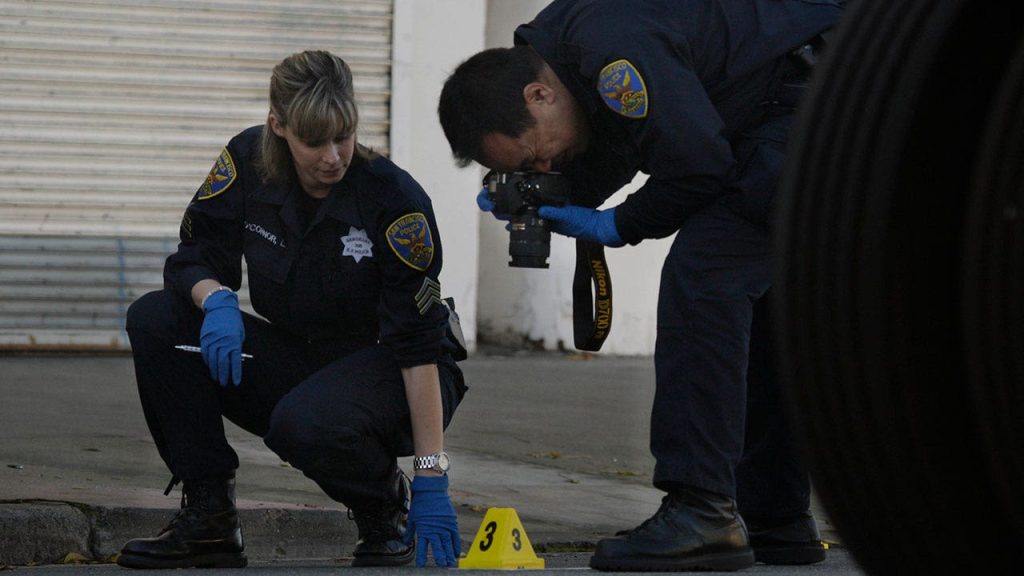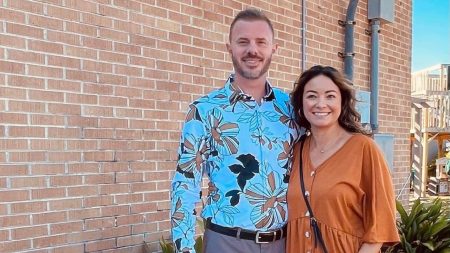Forensic science, also known as criminalistics, is a complex field that utilizes various scientific disciplines to assist professionals in the criminal justice system in solving crimes. It involves analyzing physical evidence collected from crime scenes, such as fingerprints, blood samples, and DNA, to determine what happened and who was involved. Victimology, or studying the victim to gain insight into the perpetrator’s behavior, is also an important aspect of forensic science. This field plays a crucial role in criminal investigations by providing objective data that helps investigators formulate their idea of how the crime occurred.
When it comes to conducting criminal investigations, following the correct order of operations is crucial. Investigators must make important decisions, such as how to move through a crime scene, to ensure potential evidence is not disturbed or ruined. Additionally, when items are examined in the lab, some tests can potentially destroy valuable evidence, making it essential to conduct nondestructive tests early in the process. As test results come in and more information becomes available, investigators are able to build a clearer picture of the crime, sometimes revealing that what initially appeared to be a natural death was actually a murder.
Forensic science allows investigators to connect objects, people, and places to establish associations between someone suspected of committing a crime and the scene of the crime or victim. By analyzing physical evidence and utilizing techniques such as DNA testing, investigators can narrow down suspects and focus their investigations more effectively. An example of this is the Idaho college murder case, where DNA evidence found on a knife used to slay four students helped identify the prime suspect. This technology allows investigations to shift focus from masses of data to specific evidence that can convince a jury of a suspect’s involvement.
In contrast to how it is portrayed in television shows, forensic science often takes days or weeks to yield results, rather than just a few hours. This was evident in the case of the “Green River Killer,” Gary Leon Ridgway, where it took over a decade before DNA evidence linked him to multiple murders. The advancement of DNA profiling technology played a vital role in identifying Ridgway as the perpetrator. Despite the lengthy process, forensic science is essential in ensuring that justice is served and perpetrators are held accountable for their crimes.
Overall, forensic science plays a vital role in solving true crime cases by providing objective data that helps investigators analyze evidence and form hypotheses about what occurred at the scene. By following the correct order of operations and utilizing various techniques such as victimology and DNA testing, forensic scientists help connect evidence to suspects and aid in the successful resolution of criminal investigations. While the process may take time, the accuracy and reliability of forensic science are vital in ensuring that justice is served and innocent individuals are protected.














